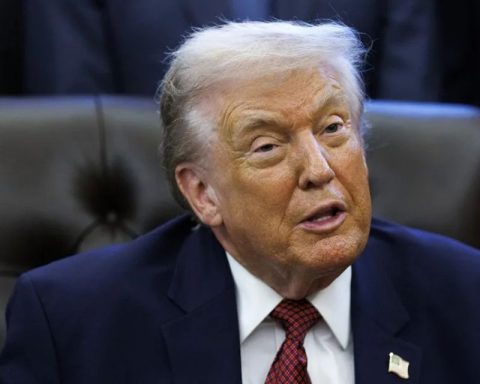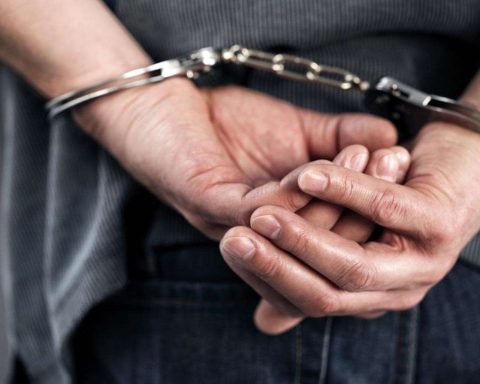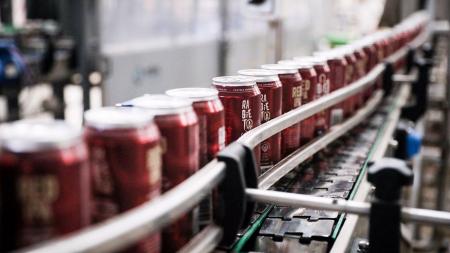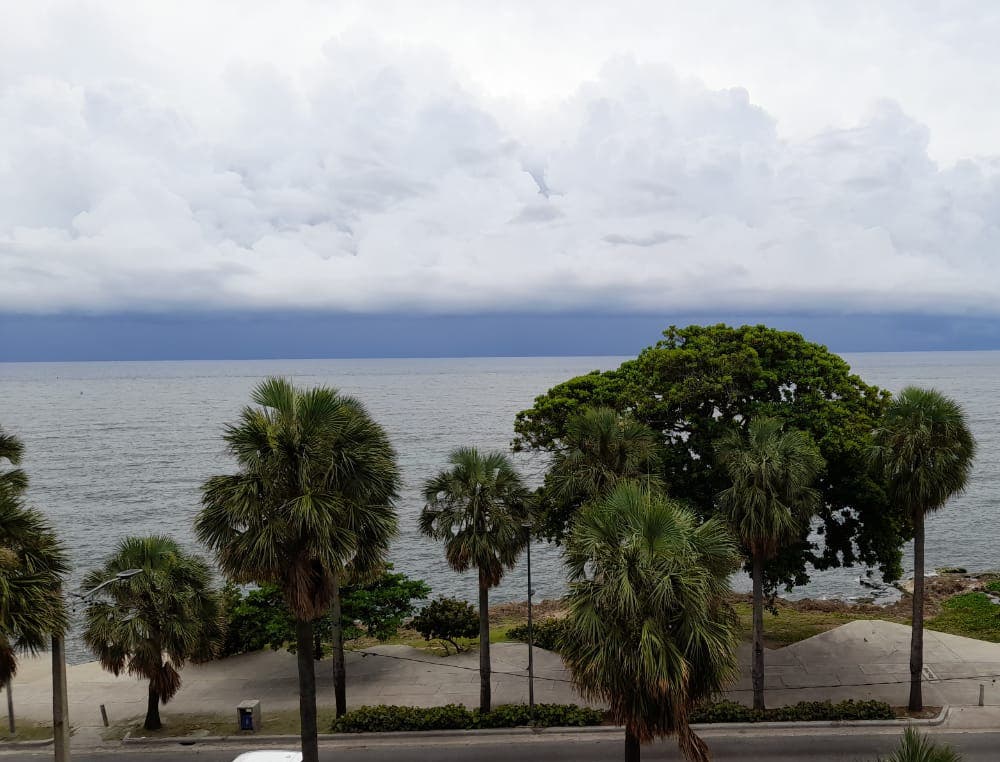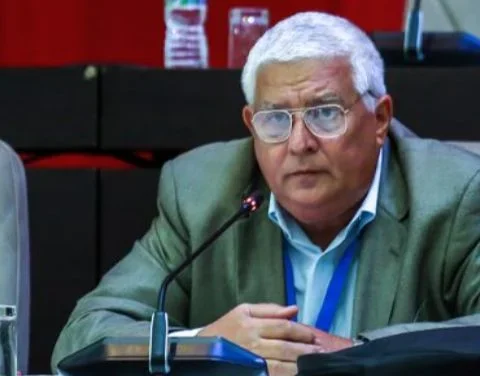The first cases of poisoning of schoolgirls came to light shortly after the start of nationwide protests sparked by the death of 22-year-old Mahsa Amini after being arrested for allegedly violating the female dress code
Iran has arrested more than 100 people for their alleged responsibility in the poisoning of thousands of girls in women’s educational centersattacks that the Persian nation has attributed to “enemies” of the country, as reported this Saturday, May 11.
“More than a hundred people were discovered and arrested for their responsibility in the recent incidents in schools,” the Interior Ministry said in a statement late on Saturday. The entity stated that some of the detainees “had hostile motives with the aim of creating fear among the population and the students, and the closure of schools.” to create skepticism towards the Islamic system.
Authorities said they are investigating the connection of the suspected gas attacks to the opposition group Mujahedden e Khalq, known as the MEK.
At the same time, the Ministry of the Interior assured that “some of these cases” were “mischief” caused with stink bombs by people who wanted to close the classes influenced by the “psychological atmosphere.”
The wave of poisonings began at the end of November 2022 in the holy city of Qom, it multiplied in the past week and no new cases have been registered in recent days.
So far, around 5,000 female students from 230 educational centers in 25 of Iran’s provinces have been poisoned.according to data provided by parliamentarian Mohammad-Hassan Asafari, a member of a commission investigating poisonings.
The students have suffered symptoms such as throat irritation, headaches, breathing difficulties, weakness, arrhythmias or the inability to move the extremities after inhaling an alleged gas.
The poisonings are fueling popular discontent, especially among families, given the inefficiency of the authorities when it comes to stopping attacks that seem destined to paralyze the education of girls.
The Ministry of Health and the Ministry of the Interior concluded that most of the poisoning cases were due to “anxiety” and blamed “an irritant substance” for a small part of “actual symptoms” shown by “some” female students.
“Less than 10% of the cases had real symptoms and most are related to anxiety,” said Iranian Deputy Health Minister Saeed Karimi.
The supreme leader of Iran, Ali Khamenei, described these attacks as an “unforgivable crime” and affirmed that – if it is proven that they are deliberate – the culprits must “receive the maximum punishment”, which in the country is the death penalty. For his part, Iranian President Ebrahim Raisí has attributed the poisonings to “enemies” of the nation.
In Iran, the education of women has not been questioned in the 43 years of existence of the Islamic Republic and some families link the poisonings with the protests with a marked feminist tone in recent months, which had calmed down after a strong state repression.
The students of schools and institutes participated in these protests, took off their veils, shouted “woman, life, freedom” and made contemptuous gestures at portraits of Khamenei and the founder of the Islamic Republic, Ayatollah Ruholá Khomeini.
With information from EFE
*Read also: First arrests reported in Iran for poisoning of schoolgirls
Post Views: 105




